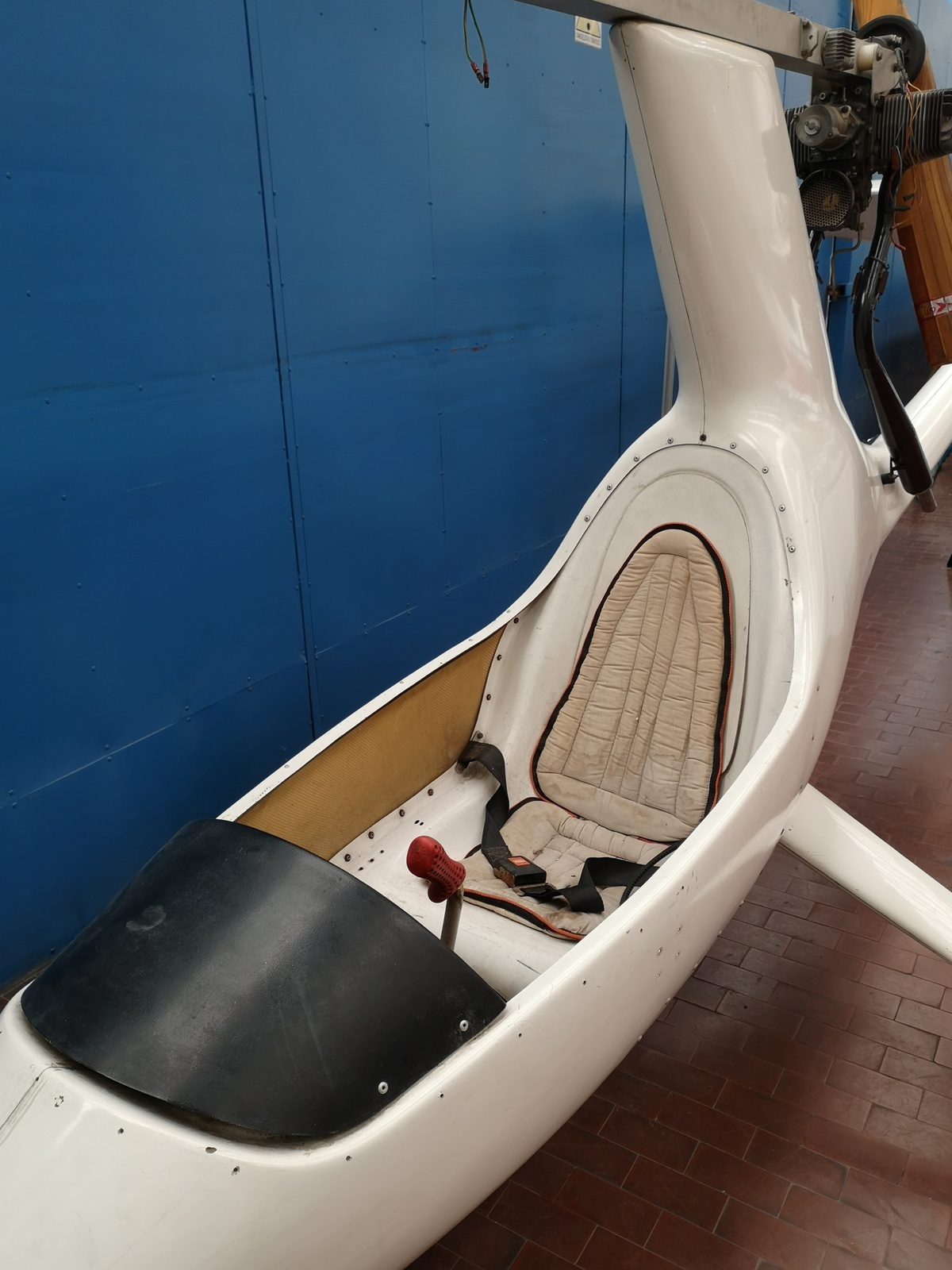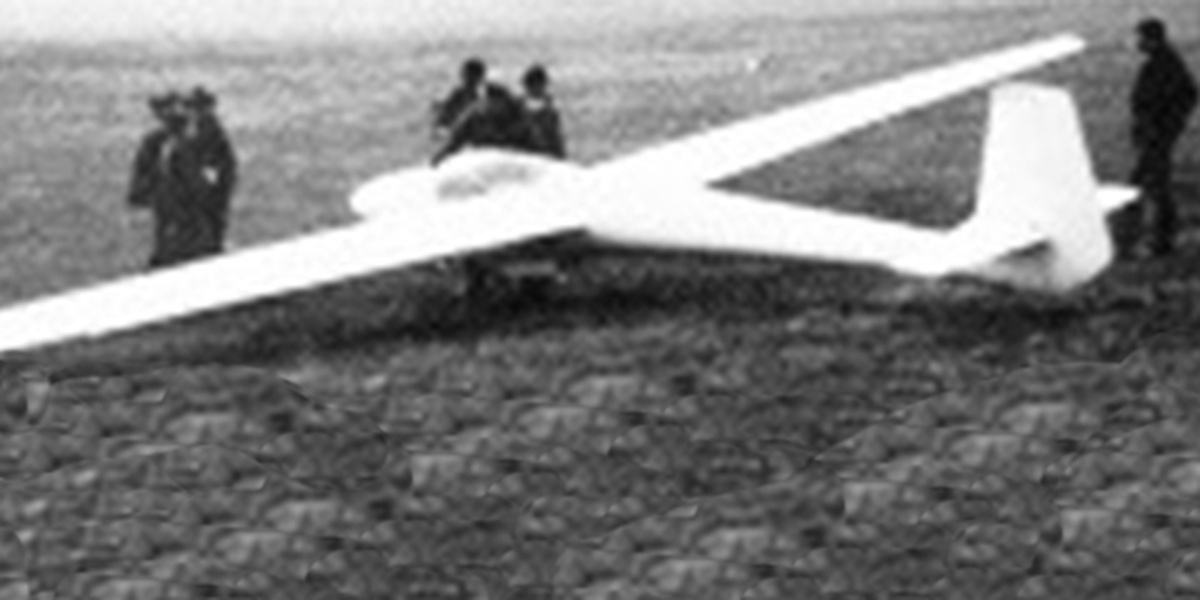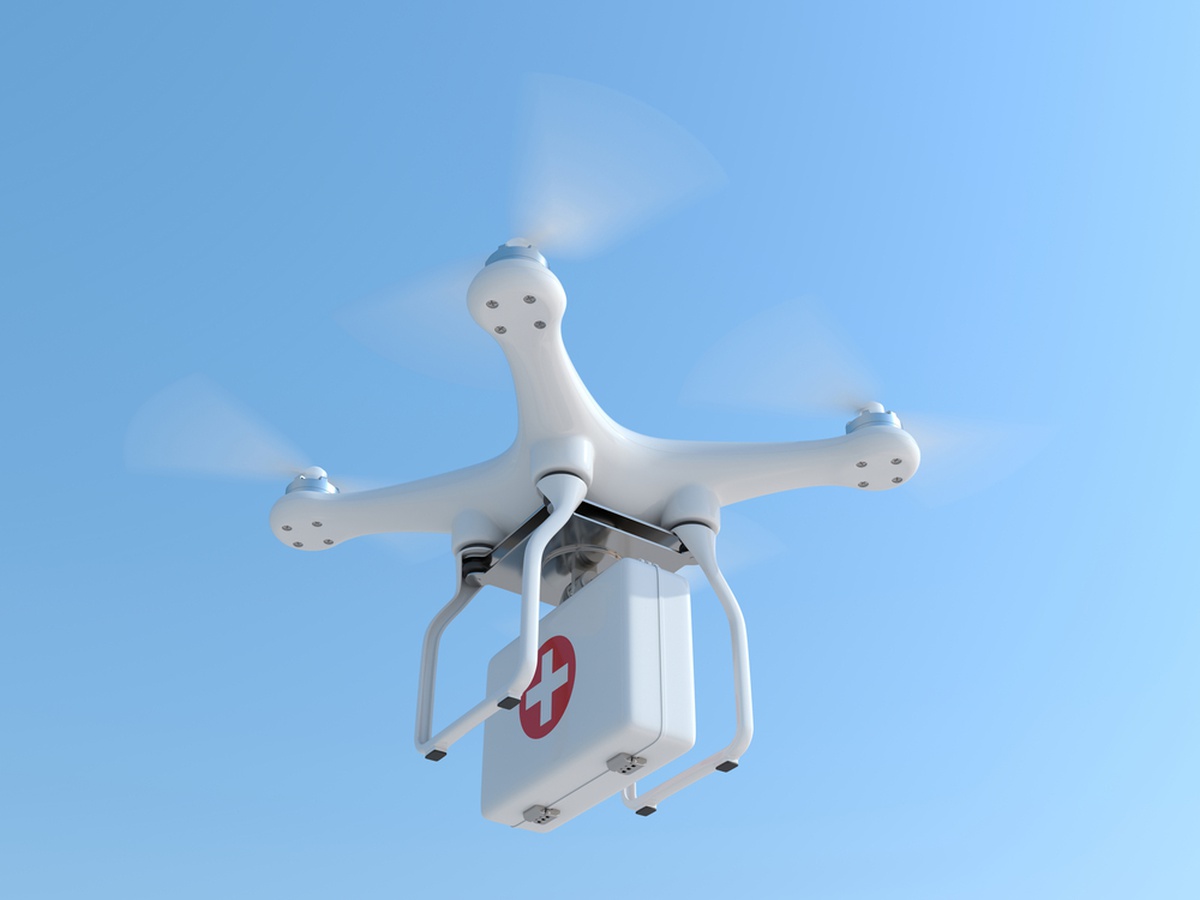Museo del Design del Friuli Venezia Giulia – Associazione di Promozione Sociale
P. IVA e CF 02863400301 – info@mudefri.it
With regard to the intimate structure of the two materials making up VETRORESINA©, we can say that the base element of GLASS is SILICA or silicon dioxide (SiO 2 ), while in the case of RESIN, or rather the dozens of families of resins, it’s CARBON (and this reveals their main common origin, which is petroleum). These two elements are close to each other in the Periodic Table and this partly explains their mutual affinity and concordant chemical interaction.



From the water to the air: in the search for possible applications for Vetroresina©, experimenting with ultra-light aircraft was a must. The Arturo Malignani Technical Institute in Udine, one of Italy’s historic Aeronautical Construction schools, preserves the single-seater ultra-light aircraft designed for the Gian Pietro Borgnolo team in the 2000s. Although it has no wing or canopy, it shows the potential of two load bearing body parts joined lengthways like two halves of a shell that contain the fuselage, tail boom and drift. It weighs less than 450 kg and is fitted with a pusher propeller, two-cylinder engine and undercarriage in Vetroresina© without a metal core; a number of these were manufactured and made regular flights.


Vetroresina© is a lightweight, economical material. One of the first attempts to use it in the aeronautical industry was in the construction of the cabin of the Hiller YH-32 Hornet combat
helicopter, in 1950. The American company Piper was the first to produce a monoplane entirely of fibreglass, the Piper PA-29 Papoose, in 1959. In 1964 the glider H- 301 Libelle (“Dragonfly”) was manufactured. This application in particular demonstrates how lightweight the material is: an aircraft that simply floats in the air. Over the years, particular shapes were developed, such as the emblematic Rutan VariEze in 1976 and VariViggen in 1993, designed by the aerospace engineer, Burt Rutan.

The most recent experiments on light aircraft have been carried out on drones. Their use, and as a result their design, range from playthings to humanitarian aid. Supported by the United Nations, the UNICEF Office of Innovation has been using this drone in Africa since 2018; similarly the Red Cross uses the Jaguar Land Rover drone and there are drones for other uses such as the AgroDrone.